41 Chemistry Of Baking Cookies
Stephanie Warren: The chemistry of cookies | TED Talk You stick cookie dough into an oven, and magically, you get a plate of warm, gooey cookies. Except it's not magic; it's science. Stephanie Warren explains via basic chemistry principles how the dough spreads out, at what temperature we can kill salmonella, and why that intoxicating smell wafting from your oven indicates that the cookies are ready for eating. Science of Baking Cookies: Baking Powder vs. Baking Soda ... 6.8.2018 · You may be able to use baking powder in replacement for baking soda without disaster, but you will have to increase the amount, as stated above. The opposite is not true. If a recipe calls for baking powder, but you use baking soda instead, disaster (okay, maybe just flat cookies) may ensue.
Chemistry is A Piece of Cake - The Science of Baking | TSC When you think about it, baking involves a ton of precision: measurements, timing, a certain elegance in the kitchen that all come together to yield a delectable product. All this seems remarkably similar to a chemistry experiment, yet few pastry chefs deem it necessary to understand what happens at a molecular level throughout the baking process.

Chemistry of baking cookies
The Chemistry of Cookies by Cole Sugden - Prezi Water and Sodium Carbonate are also created during this reaction! 2 NaHCO3 -> Na2CO3 + H2O + CO2 This reaction is very commonly used in the baking of cookies! When Baking Soda (Sodium Bicarbonate) decomposes, carbon dioxide is produced, and this gas produces bubbles in the food The chemistry of cookies - Stephanie Warren | TED-Ed You stick cookie dough into an oven, and magically, you get a plate of warm, gooey cookies. Except it's not magic; it's science. Stephanie Warren explains via basic chemistry principles how the dough spreads out, at what temperature we can kill salmonella, and why that intoxicating smell wafting from your oven indicates that the cookies are ready for eating. Chemistry of Baking Cookies - Chemistry of Baking Cookies ... Baking Process Cont. When the cookies are taken out of the oven, the gases in the cookies contract. The chemical reaction that occured while baking helps the cookies to keep its shape. If the cookies were baked too long or too little the cookies will most likely fall flat.
Chemistry of baking cookies. Drop Sugar Cookies with Sprinkles - Sally's Baking Addiction 13.9.2019 · Cookie Chemistry. These drop style sugar cookies are based off of a familiar recipe: ... I also like to dip the tops of the cookie dough balls into sprinkles before chilling/baking. These drop sugar cookies will be a new staple in your cookie rotation! If you’re looking to use your cookie cutters, try my best sugar cookies instead. The fundamental chemistry of baking cookies | 2020-04-10 ... Apr 15, 2020 · Sodium bicarbonate, or baking soda, is usually in the formula and is considered as part of the leavening system. Fundamental chemistry occurs when adding baking soda to the mixer. The sodium bicarbonate neutralizes the acidic ingredients (including high-fructose corn syrup, buttermilk, some flavors, etc.) producing carbon dioxide gas for cell ... Cookie-Baking Chemistry: How To Engineer Your Perfect ... The diameter of the cookie is set by how long the cookie expands. The rise: At about 212 degrees Fahrenheit, the water in the dough turns into steam. The cookie starts to rise as the vapors push... The Chemistry of Baking - University of South Carolina The processes of cooking and baking can be described by molecular-level chemical reactions. By identifying the key variables of flour-based baked goods, it is possible to manipulate recipes and create an improved overall final product. This thesis explores the effects of manipulating proteins, water, lipids, air, and the biochemical
The fundamental chemistry of baking cookies, part 2 | 2020 ... A recent inquiry to the American Bakers Association (ABA) asked what the purpose of emulsifiers are in a bakery formula. Using fundamental chemistry as a background, here is a generalized overview of lecithin in a bakery environment. (To read part one of this series, see "The fundamental chemistry of baking cookies," which analyzes the role of sodium bicarbonate, among other factors, in a ... The chemistry of cookies - Stephanie Warren - YouTube View full lesson: stick cookie dough into an oven, and magically, you get a plate of w... Soft & Chewy Oatmeal Raisin Cookies - Sally's Baking Addiction 23.3.2019 · Roll: Roll cookie dough into balls and place on a lined baking sheet. I love using these baking mats. Bake: Bake the cookies at 350°F (177°C) for 12-13 minutes until lightly browned. The cookies might look under-baked, but they will continue to set as they cool. This is the secret to a soft and chewy oatmeal raisin cookie! How to Make Cookies Chewy (Hint ... - Baking Kneads, LLC 8.12.2021 · The cookies will be plenty sweet, spread less and be chewier thanks to the moisture in the brown sugar. Butter vs. Shortening. You may be surprised to learn that baking cookies with shortening will not produce a chewy cookie. Many people find this hard to believe since shortening is so greasy and seems moist.
The Science Behind Chocolate Chip Cookies - Chemistry in ... Baking the cookies at 375 allows the outside to set and leaves the inside slightly undercooked (Gore, 2019). The caramelization of the granulated sugar occurs at 356 degrees F which will give the cookies a darker color and a slightly caramel flavor (Miller and Joachim). Chemistry of Baking - Is Baking a Cake a Chemical Change ... Is baking a cake a chemical change? Next time you bake a cake, think about this: The cake dough isn't really a cake, but when it's heated in the oven, a chemical reaction occurs and new bonds are formed. The Chemistry of Baking Cookies.docx - The Chemistry of ... Baking is all about chemistry and if you're looking for a way to experience it first-hand, the chemistry of baking cookies the best way to go. "When you're baking you're dealing with chemical reactions," says Tutor.com chemistry tutor and former baker Darren L. "If you understand the chemistry, it gives you an edge." Chemistry of baking cookies: arts, eng, science , science ... the Chemistry behind baking cookies . Here is the process of how cookie dough transforms into a cookie. As the butter melts, the water in it turns to steam. The cookie starts to rise as the vapours push through the dough. At 62C/144F changes occur in the protein, which comes from the egg. This gives substance to the cookies.
Online Chemistry Tutors | Chemistry Homework Help - Tutor.com Chemistry homework help and test prep 24/7! Get help with chemical reactions, oxidation and more from expert chemistry tutors. Get a chemistry tutor now.
- The Chemistry of Chocolate Chip ... the chemistry behind baking soda is that it has chemical reactions with brown sugar, cocoa, and chocolate (in chocolate chip cookies) there are more but that is just in chocolate chip cookies. Baking soda is also man made in the way that we use it (baking cookies and other goodies). Flour/ Sugar: Combines proteins with the sugar.
The Science of Baking Cookies - Kansas State University The powder gives the cookie an extra kick of leavening because it produces carbon dioxide gas both when it's mixed in the dough and when it heats up. So, if you have a cookie recipe, and it's not quite what you want, you can take these basic concepts and use them to engineer the perfect cookie.
DOCX Home - Lakewood City School District The Chemistry of Baking Cookies Preheat oven to 375 degrees Mix sugar, brown sugar, butter and egg in a large bowl. Only physical changes. Stir in flour, baking soda, and salt. You add flour late in the process so that you won't "work" the dough for too long, keeping the gluten complexes small. Stir in chocolate chips. Yummy!
Cookie chemistry | King Arthur Baking 14.3.2016 · Cookie chemistry: We're taking a 180° turn from our crunchy cookies, substituting higher-moisture brown sugar and butter for their lower-moisture counterparts: granulated sugar and vegetable shortening. That, plus a shortened baking time, yields a cookie that's soft and chewy all the way through.
PDF The Chemistry of Baking - NZ Institute of Chemistry THE CHEMISTRY OF BAKING Baking is not usually thought of as a chemi cal industry, but it relies on the interactions of the various chemicals in flour and the othe r substances used and thus is chemically based. Usually the properties of the various ingredients are known to the home cook,
Chemical Process - The Chemistry of Cookies Sodium bicarbonate ( NaHCO 3 ), or baking soda is the leavening agent. It reacts with acids in the dough to create carbon dioxide gas ( CO 2 ), making airy pockets in the cookie. 310 °F Maillard reactions occur at 310 °F. These reactions happen when proteins and sugars break down and rearrange, forming ring-like structures.
The chemistry of baking cookies by Mary Perez The chemistry of baking cookies by Mary Perez. Prezi. The Science. Conversational Presenting. For Business. For Education. Testimonials. Presentation Gallery. Video Gallery.
Chemistry of Cooking - Open Textbook Library The chemistry of cooking course seeks to understand the science behind our most popular meals by studying the behavior of atoms and molecules present in food. This book is intended to give students a basic understanding of the chemistry involved in cooking such as caramelization, Maillard reaction, acid-base reactions, catalysis, and fermentation.
Baking and Chemistry - American Chemical Society Baking and Chemistry. Learning chemistry can be as easy as pie, or maybe just a piece of cake. Explore the chemistry of baking cookies, bread, pie, and cake, and investigate the science that's behind ingredients in your cupboard. It's a cookbook! It's a chemistry book! It's both!
Cookie Chemistry - sciencemadefun.net As it consumes starch, its "food", it releases carbon dioxide, giving life to bread and many other baked goods. Cookies on the other hand utilize sodium bicarbonate, usually baking soda, which creates carbon dioxide when it heats up.
When cookies baking gives aff a sweet smell is it a ... Assuming that the cookies have flour, eggs, sugar, and a touch of baking soda or baking powder. The heat will: > Cause the protein in the eggs to firm up ( it is much like polymerization of a ...
The Chemistry of Baking Cookies - ThoughtCo 25.1.2019 · Chemistry After Baking . If the cookies aren't devoured immediately, the chemistry doesn't end with baking. The humidity of the surroundings affects cookies after they have cooled. If the air is very dry, moisture from the cookies escapes, making them hard. In a humid environment, cookies can absorb water vapor, making them soft.
The Chemistry of Cookies - Ingredients 1 teaspoon baking soda (NaHCO 3) 1 teaspoon salt (NaCl) 1 cup (2 sticks) butter, softened (C9H14O6) 3/4 cup granulated sugar (C12H22O11) 3/4 cup brown sugar (C12H22O11) 1 teaspoon vanilla extract (C8H8O3) 2 large eggs (C6H12O3N2) 2 cups (12-oz. pkg.) chocolate chips (C4H8O4) ( Provided by NESTLÉ® TOLL HOUSE®)
How Baking Soda Works - Cooking Chemistry - ThoughtCo 21.9.2019 · The gas bubbles expand in the heat of the oven and rise to the top of dough or batter into which it's mixed, giving you a fluffy quickbread or light cookies. But you have to be careful! The reaction occurs as soon as the batter or dough is mixed, so if you wait too long to bake a product containing baking soda, the carbon dioxide will dissipate causing your recipe to fall flat.
Chocolate Chip Cookies | King Arthur Baking Use a spoon (or a tablespoon cookie scoop) to scoop 1 1/4" balls of dough onto the prepared baking sheets, leaving 2" between them on all sides; they'll spread. For enticing salty-sweet flavor, sprinkle a touch of sea salt atop the cookies before putting them in the oven, if desired.
The Cookie Chemistry Challenge - Science Friday Chemistry, if we want to be exact. The chemical state of the ingredients, baking times, and most importantly the ingredients themselves play a huge role in the kind of cookie that emerges from our ovens. Cookbook author Jeff Potter took Science Friday on a journey into the science of cookies. Now it's time for you to try for yourself!
Chemistry of Baking Cookies - Chemistry of Baking Cookies ... Baking Process Cont. When the cookies are taken out of the oven, the gases in the cookies contract. The chemical reaction that occured while baking helps the cookies to keep its shape. If the cookies were baked too long or too little the cookies will most likely fall flat.
The chemistry of cookies - Stephanie Warren | TED-Ed You stick cookie dough into an oven, and magically, you get a plate of warm, gooey cookies. Except it's not magic; it's science. Stephanie Warren explains via basic chemistry principles how the dough spreads out, at what temperature we can kill salmonella, and why that intoxicating smell wafting from your oven indicates that the cookies are ready for eating.
The Chemistry of Cookies by Cole Sugden - Prezi Water and Sodium Carbonate are also created during this reaction! 2 NaHCO3 -> Na2CO3 + H2O + CO2 This reaction is very commonly used in the baking of cookies! When Baking Soda (Sodium Bicarbonate) decomposes, carbon dioxide is produced, and this gas produces bubbles in the food



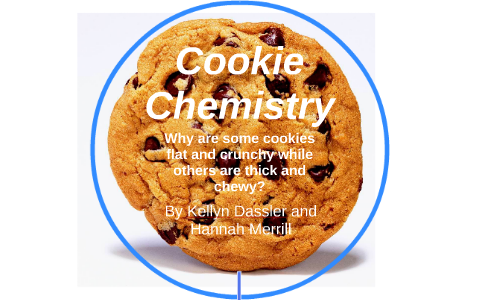

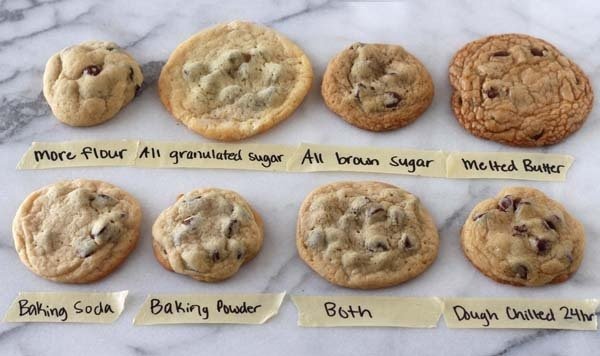
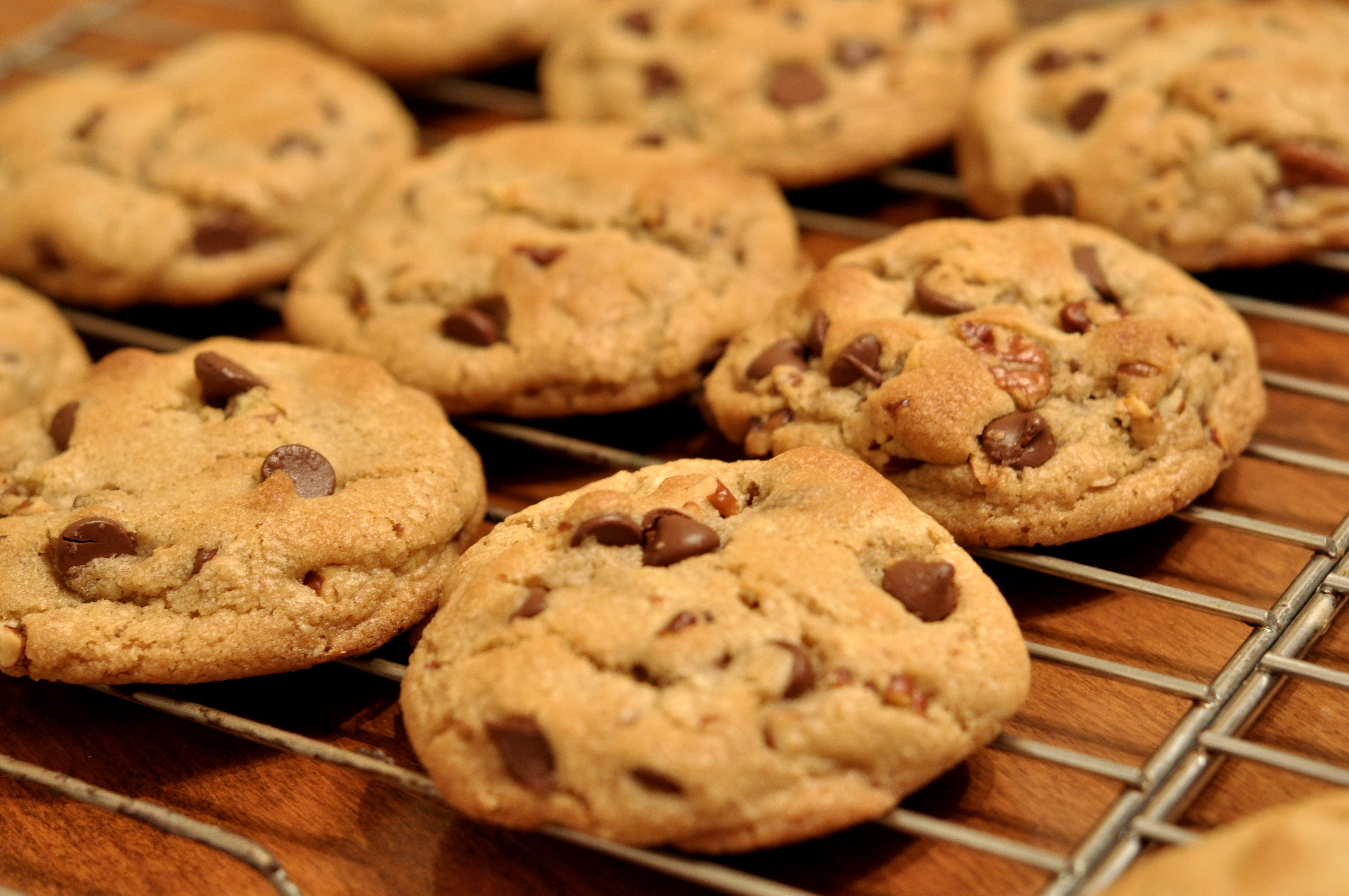

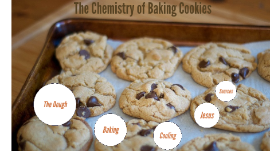

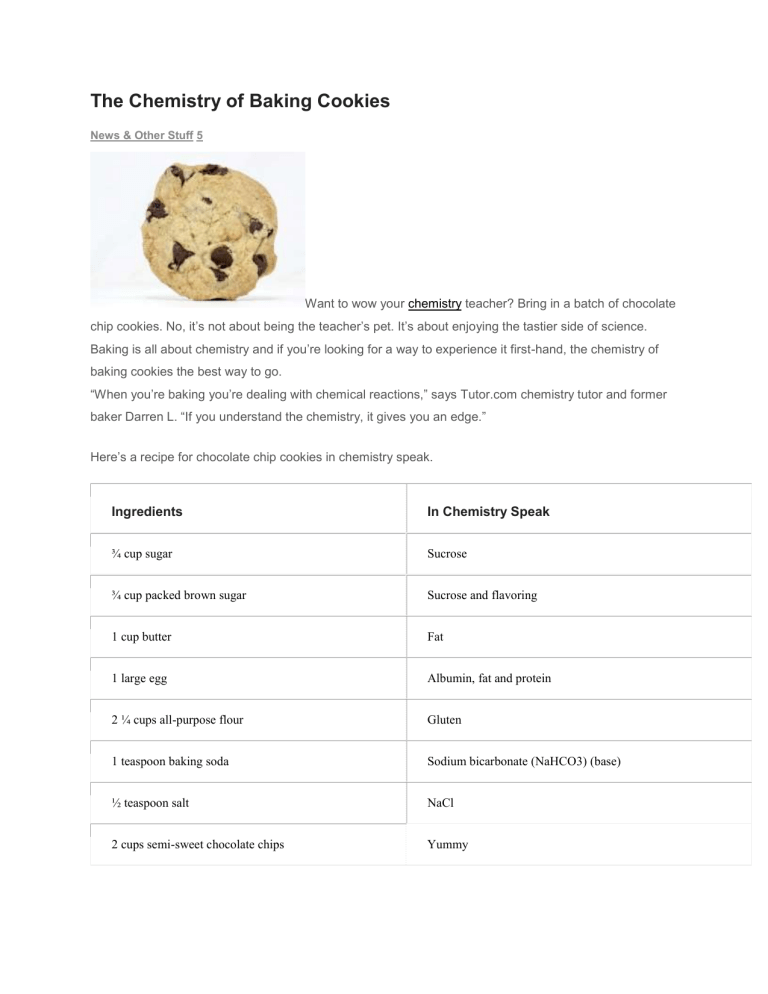

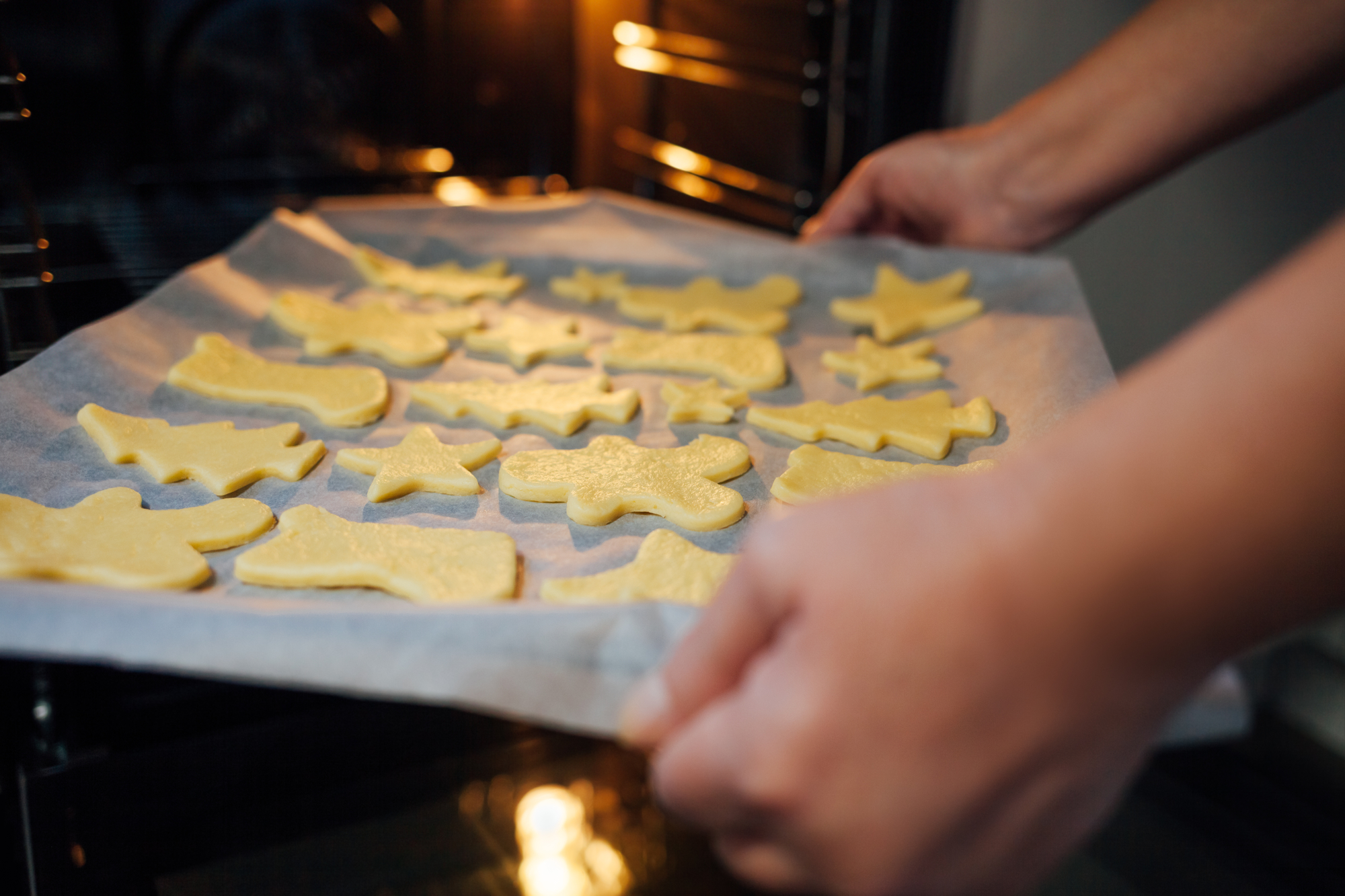
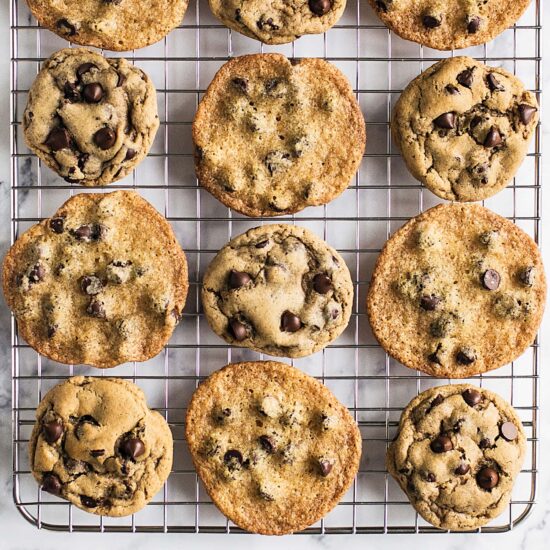
/chocolate-chip-cookies-104629801-5921de853df78cf5fa84a9be.jpg)


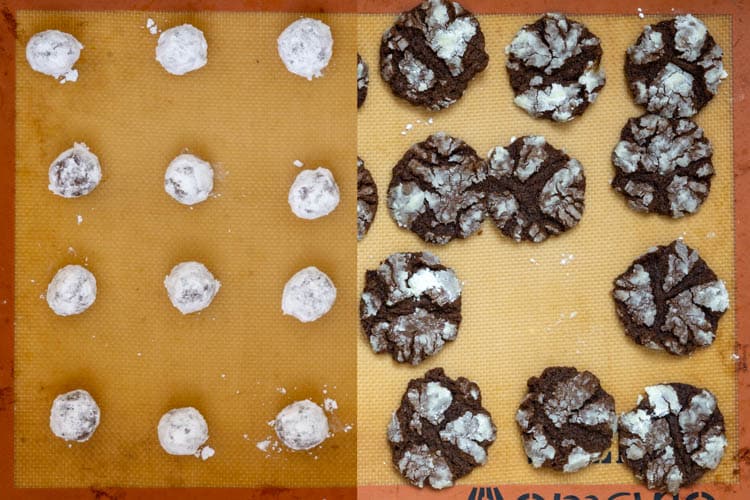

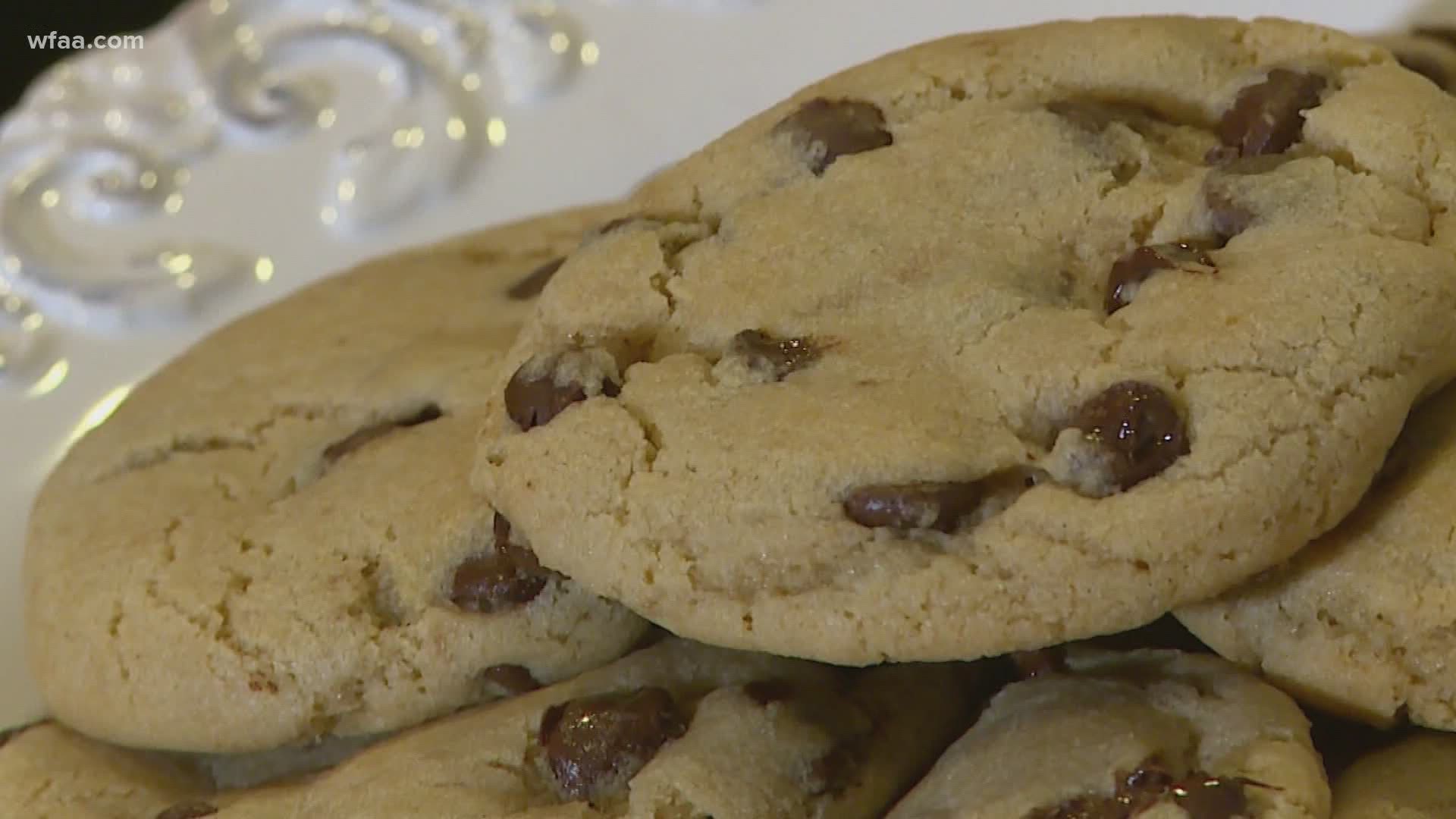
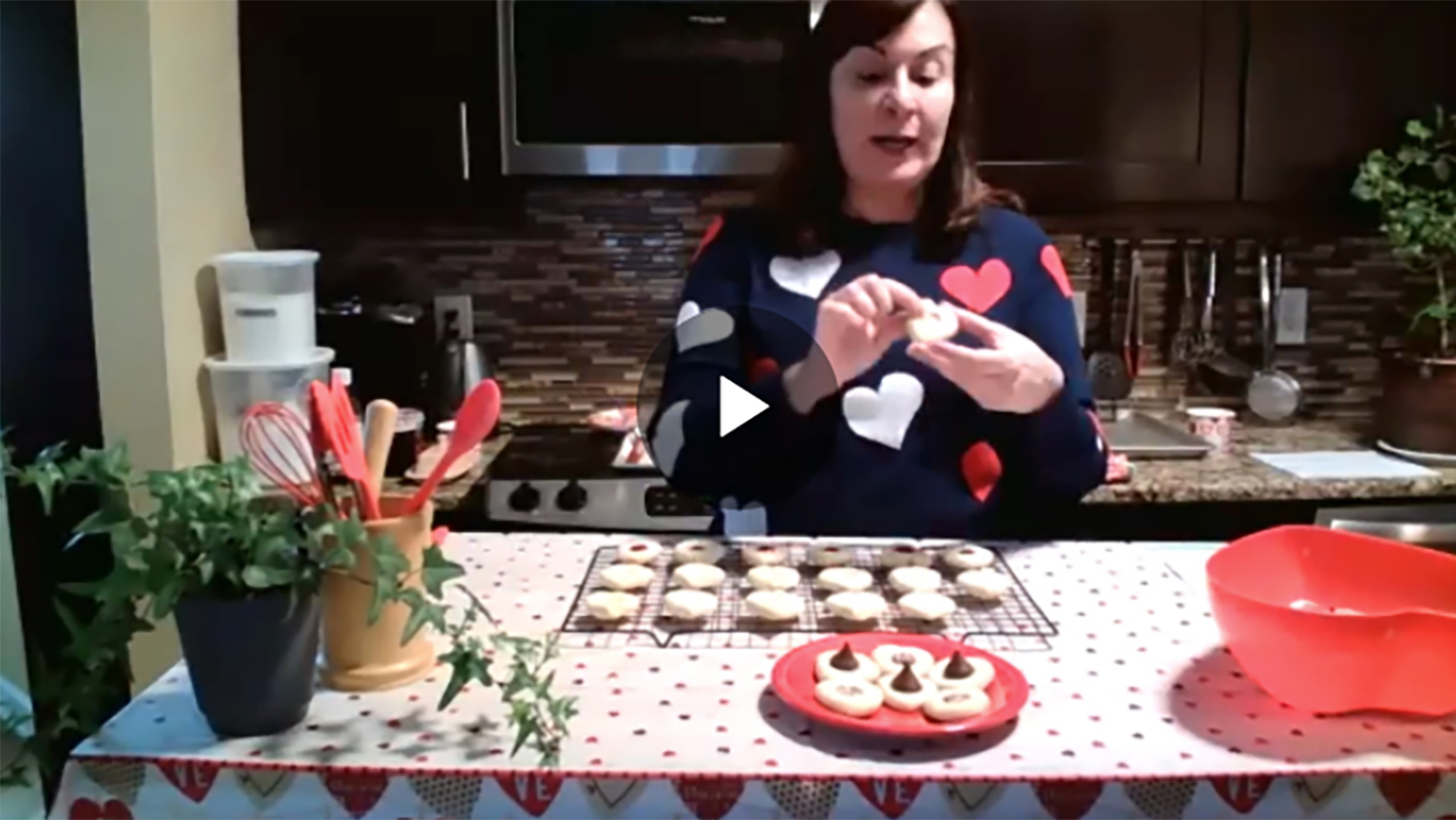
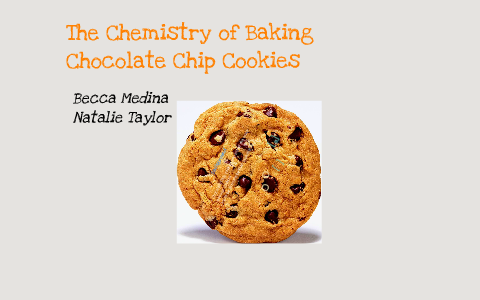





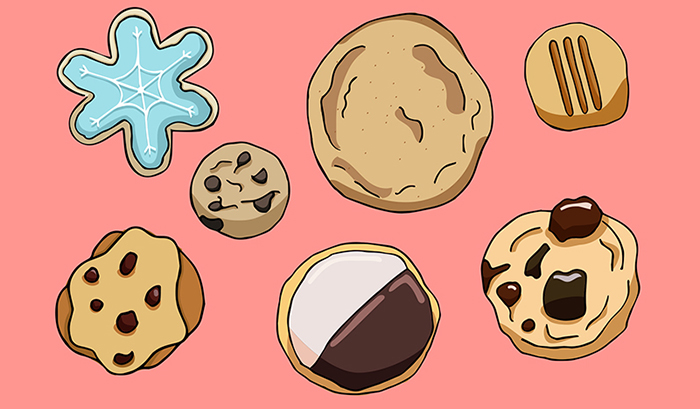

/double-chocolate-white-chip-cookies-recipe-304839-hero-01-bded4f7963f64fb686f2f07383f3478c.jpg)




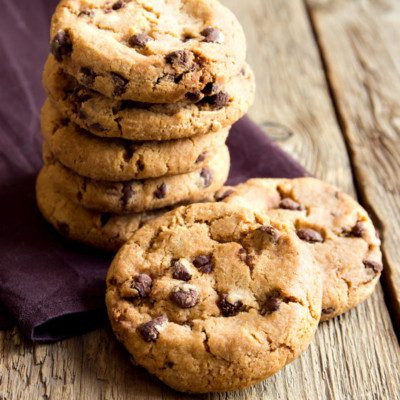
0 Response to "41 Chemistry Of Baking Cookies"
Post a Comment